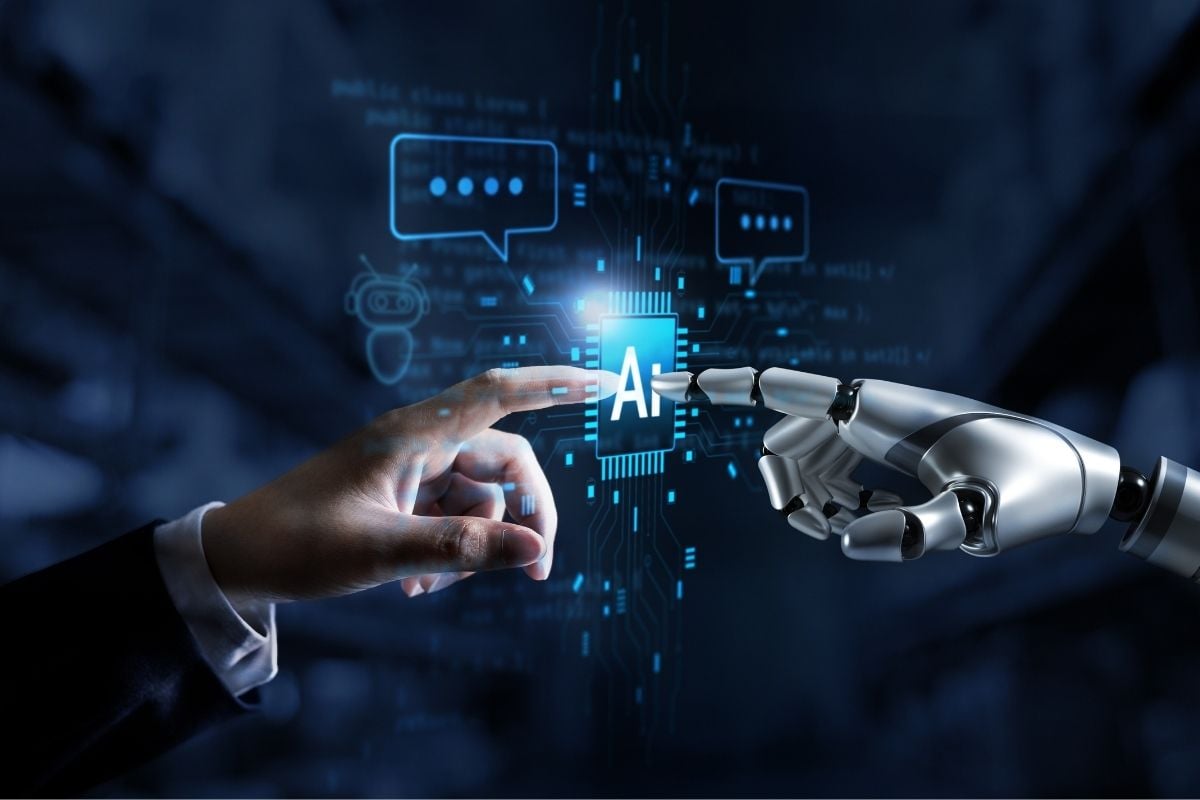
The headlines about AI can sometimes feel like a sci-fi movie. We hear about AI replacing jobs, automating complex tasks, and fundamentally changing the way we live. In public safety, where every second counts and lives are on the line, the idea of AI taking over can be unsettling.
But what if AI wasn’t a replacement at all? What if it was the most powerful ally a public safety professional could have?
Recent research from Bessemer Venture Partners (BVP) on the “Roadmap to Public Safety AI” confirms what many in the industry already know: AI is no longer a luxury—it’s a necessity. This is driven by several factors, including a severe labor shortage in emergency services. Faced with high turnover and a workforce stretched to its limits, Public Safety Answering Points (PSAPs) are looking for solutions that can reduce their burden, not add to it. This is where Carbyne comes in.
We see AI not as a way to replace the human-in-the-loop, but as a way to empower them. Our cloud-native platform is built on the principle that the human dispatcher is the most critical component of the emergency response ecosystem. AI isn’t the auto-pilot, it’s a calltaker’s co-pilot.
Think about a typical day in a PSAP. The volume is high, the stress is constant, and every call brings a unique challenge. In a high-stress situation, a dispatcher has to process a constant stream of information. What’s the caller’s location? What’s the nature of the emergency? Is the caller safe? All of this is happening in real-time, often with limited information.
This is where AI becomes a true partner. Our platform uses AI to automate and streamline the most time-consuming parts of the job. For instance, in a large-scale event, like a major car crash, PSAPs are often flooded with hundreds of redundant calls from well-meaning witnesses. This creates a call backlog that can prevent a person with a true emergency from getting through. Our AI-powered Emergency Call Triage system automatically detects these surges and can provide a prerecorded message to bystander callers, informing them that help is on the way, and allowing the human dispatcher to focus on the calls that need their direct attention.
But the partnership between AI and the human is not limited to call triage. It’s also about empowering the dispatcher with more data. Imagine a call where the citizen is unable to speak. The legacy system offers no solution. Our platform instantly provides a real-time text chat and a live, app-free video feed, allowing the dispatcher to see the scene without a word being spoken. The AI-powered transcription also considers every detail, every nuanced sound, and every word is captured and logged for review later. This isn’t a technology that replaces the dispatcher—it’s a technology that gives them eyes and ears on the scene, allowing them to make a more informed decision and save lives.
Another critical application is language translation. In diverse communities, language barriers can be a matter of life and death. The time it takes to detect the correct language and find a language translator is often time that a first responder doesn’t have. Carbyne’s AI provides instant, two-way translation, allowing a dispatcher to detect the correct language and communicate with a caller in their native language without delay. This not only speeds up the call but also makes the citizen feel more comfortable and confident that they are being heard and understood.
Ultimately, the future of public safety is not about technology replacing people. It’s about technology liberating people. By automating the routine, providing critical data, and breaking down communication barriers, AI allows emergency telecommunicators to focus on what they do best: connecting with the person on the other end of the line, making a quick assessment, and deploying the right resources.
The future of public safety is proactive, data-driven, and AI-enabled. But for that future to be successful, we need to ensure that the human element remains at its core. At Carbyne, we are committed to building a future where AI and humans work in tandem, creating a more efficient, resilient, and ultimately safer world for everyone. To read more on this topic, check out our white paper.